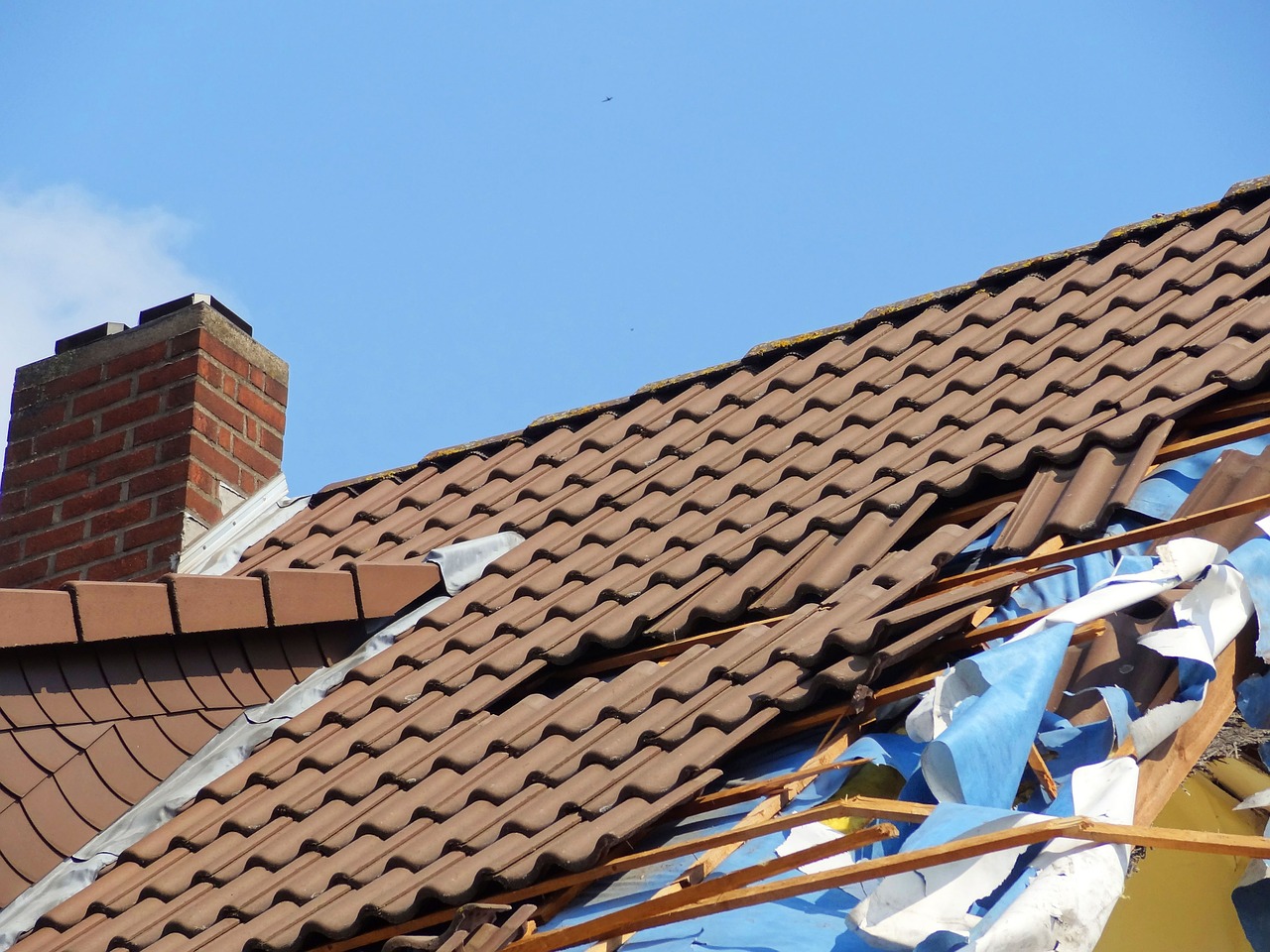
Roofing durability represents one of the most significant considerations in building construction and maintenance, dictating not only the lifespan and performance of a roof but also impacting overall building integrity and cost-efficiency. The resilience of roofing materials against environmental factors such as UV radiation, temperature fluctuations, moisture, and physical wear is crucial for ensuring longevity and avoiding frequent replacements or repairs. Innovations in material science have expanded the options available, ranging from traditional asphalt shingles and clay tiles to modern synthetic products and eco-friendly solutions like green roofing. Each material comes with its distinct set of properties affecting durability, such as resistance to cracking, blistering, algae growth, and wind uplift. Thus, understanding these materials’ characteristics, along with proper installation techniques and regular maintenance, is imperative for homeowners and building managers aiming to optimize the durability of their roofing systems. The strategic choice of roofing materials tailored to specific climatic conditions and environmental demands, coupled with expert craftsmanship, can markedly enhance a roof’s functional lifespan, making it a pivotal aspect of sustainable architecture and construction efficiency.
Roofing Durability
Roofing durability is a crucial consideration for homeowners and construction professionals alike, ensuring long-term protection against the elements. The lifespan of a roof significantly depends on the materials used; common options include asphalt shingles, metal, wood, and slate, each with distinct advantages. Asphalt shingles, for example, are favored for their cost-efficiency and ease of installation, with a typical lifespan of 20 to 30 years. Metal roofs, although more expensive initially, provide exceptional durability, often lasting 50 years or more, and can withstand severe weather conditions, including heavy snow and wind.
The climate and environmental factors of a region also play a pivotal role in determining roofing durability. Areas prone to extreme weather, such as hurricanes or heavy snowfall, require roofing materials with enhanced strength and resilience. Additionally, UV radiation from the sun can degrade certain roofing materials over time, making UV-resistant coatings or naturally UV-resistant materials like metal and clay tiles preferable options in sunny or hotter climates. Proper ventilation and insulation not only increase a roof’s lifespan but also promote energy efficiency, reducing heating and cooling costs in the process.
Consistent maintenance and timely inspections are imperative to maximize roofing durability. Early detection of wear and damage, such as missing shingles, leaks, or mold growth, can prevent further deterioration and extend the roof’s life. Engaging professional roofing contractors for annual inspections ensures that minor issues are addressed promptly, preventing costly repairs down the line. Investments in quality materials, climate-appropriate selections, and professional installations significantly contribute to the longevity and durability of roofing systems, safeguarding homes and buildings for decades to come.